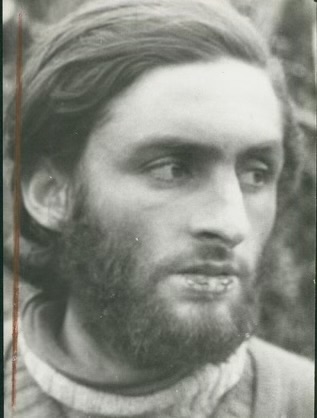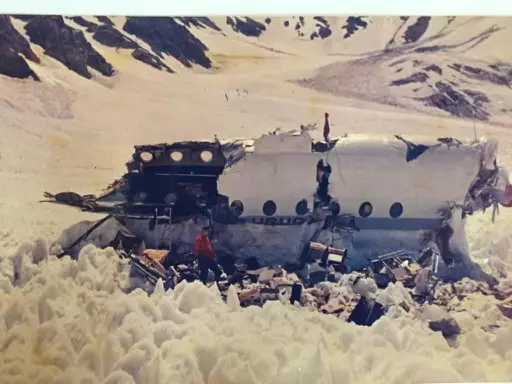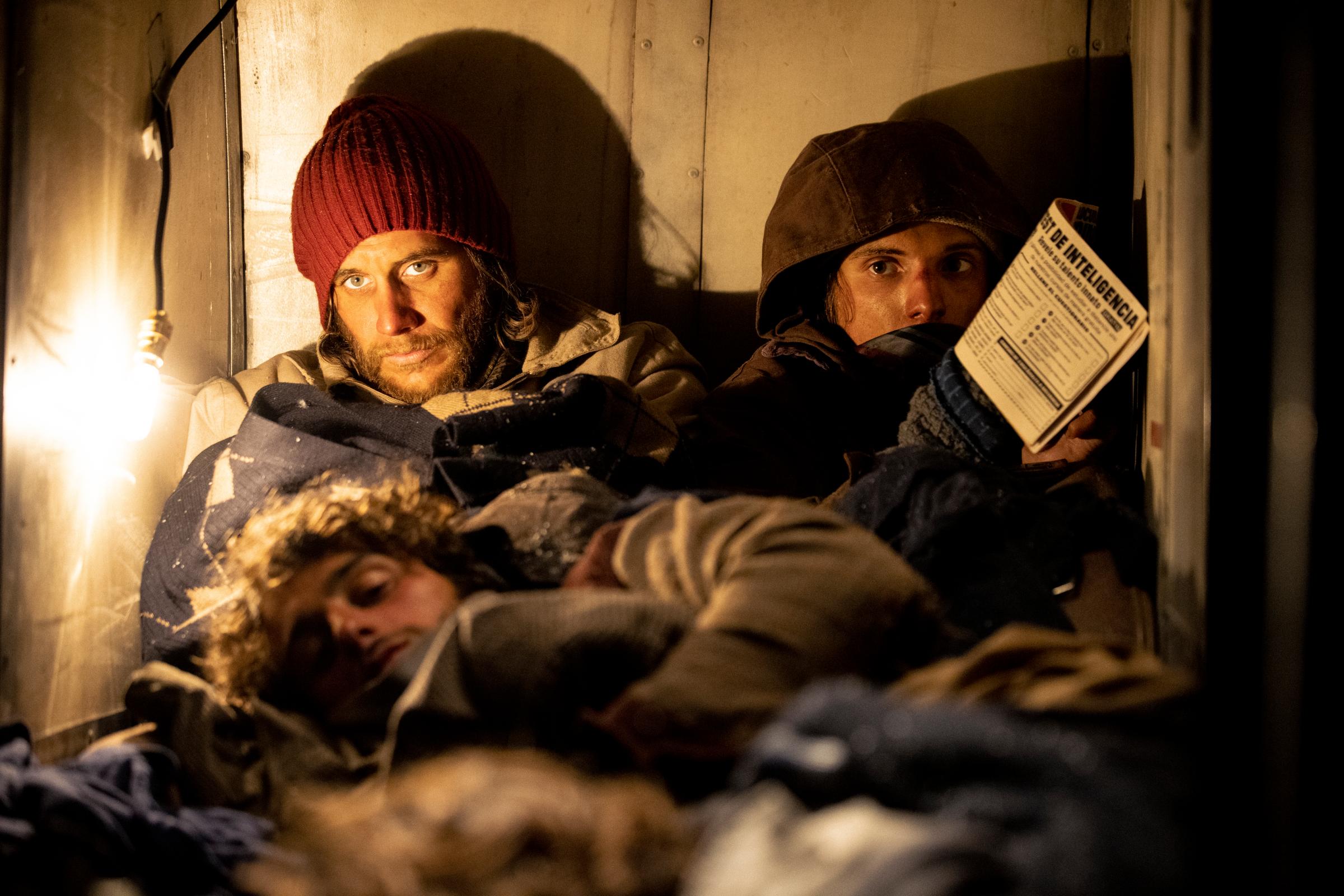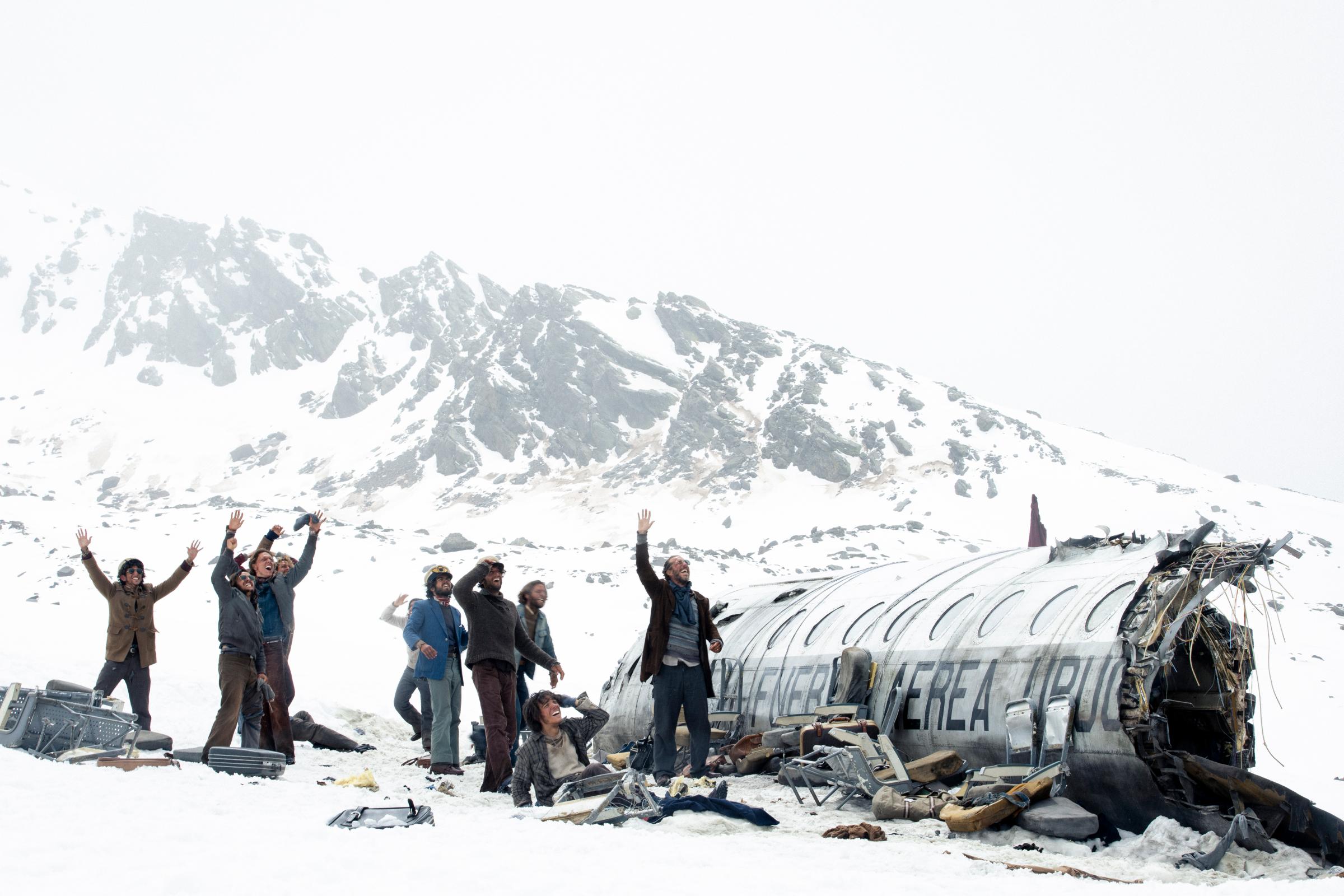Warning: This post contains spoilers for Society of the Snow.
From Lord of the Flies to Lost to Yellowjackets, fictional stories about plane crashes leaving people stranded in the wilderness have long been fodder for popular entertainment. These narratives generally delve into the dark side of human nature, often centering on how the survivors eventually turn against one another under the stress of such dire circumstances.
But in Society of the Snow, now streaming on Netflix, director J.A. Bayona (The Impossible, Jurassic World: Fallen Kingdom) tells the true story of how 16 members and supporters of a Uruguayan rugby team managed to survive 72 days in one of the world's harshest environments by doing the opposite. While the movie is plenty harrowing, it's also a moving account of how those who lived through the now-infamous 1972 crash of Uruguayan Air Force Flight 571 banded together to overcome nearly two and a half months of starvation, frigid temperatures, and extreme weather events while trapped on a remote glacier high in the Andes Mountains.
One survivor, Roberto Canessa (played by Matías Recalt)—who was a 19-year-old medical student at the time of the crash and is now in his 70s—tells TIME that watching Bayona's films The Impossible and When a Monster Calls made him feel like the director had a unique talent for making movies about human beings under maximum stress.
"This is more than a movie. This is an experience we had to share with humanity to show people who are having their own mountain crashes how to be resourceful and how not to give up," he says of consulting with Bayona on the making of Society of the Snow. "Human beings undergo a transformation in cases like this. There is a real metamorphosis from being a rugby player to becoming a survivor of a plane crash. I believe people have that potential."

Based on Pablo Vierci’s 2008 book of the same name, Society of the Snow was partly shot in the same location where the real plane crashed. While the story of the 1972 disaster has been brought to the screen before—most notably in director Frank Marshall’s 1993 film Alive and as an inspiration for Yellowjackets—this is the first time the survivors and families of the deceased have allowed their real names to be used.
"At the heart of the book, there is this message that says that when everything has been taken from someone, you still have a chance of deciding what to do—why do you want to live? For whom do you want to die?" Bayona told The Hollywood Reporter. "It’s the first time we’re telling the story of the whole society and that was very important."
The historical thriller is Spain's Oscar entry and Bayona's first film in Spanish since his 2007 breakout The Orphanage.
Here's what to know about the true story behind Society of the Snow.
How did the plane crash?
On Oct. 12, 1972, Uruguayan Air Force Flight 571 took off from Montevideo, Uruguay, with 45 people (40 passengers and five crew members) on board. The plane had been chartered by the Old Christians Club amateur rugby team to transport the team's players, friends, and family members to Santiago, Chile, for an exhibition match.
Due to bad weather, the plane was forced to land in Mendoza, Argentina, and stay overnight. The following afternoon, on Oct. 13, the plane again set out for Santiago with a charted course that would allow it to bypass the heart of the Andes and fly through a lower mountain pass. However, a little over an hour into the flight, the pilot misjudged his location and—with clearance from air traffic control—began to descend before the plane had made it out of the Andes. Unable to clear the ridgeline, it struck a mountain, losing both wings and its tail on impact. The front end of the plane then slid down the mountain before landing in a valley at an altitude of approximately 11,500 feet.

"I thought, 'You're dead. You are going to know what is in the last frontier of life,'" Canessa says of the crash. "When the plane lost the wings and tail, it began to slide at an incredible speed. I thought my feet were going to go through the back of my ears. So when it stopped, I couldn't believe I was alive. It was absurd."
When he first surveyed the wreckage and his surroundings, Canessa remembers feeling like he was in a nightmare. "I thought, 'I will wake up. There's a button I am meant to push and everything will be over,'" he says. "But there was no button."
What happened to the surviving passengers?
The initial crash killed 12 people and left a number of the 33 surviving passengers injured. Five more people died during the first night and another succumbed to her injuries around a week later, leaving 27 still alive. Believing they would be rescued any day, the survivors endured subzero nighttime temperatures by creating a shelter out of the fuselage wreckage and rationing what little food and wine they found in the luggage—which ran out after about a week.
As the movie shows, the survivors saw several rescue planes flying overhead in the days that followed, but no one searching for them was able to spot the white plane wreckage in the snow. Around day 10, the survivors recovered a small transistor radio from the plane and heard the devastating news that the search had been called off and they were all presumed dead.
"I felt that the world was going on its way and that we were out of the world. It's a very strange sensation to be alive while you are considered dead," Canessa says of learning about the end of the search. "But it also resettled us in the sense that waiting for rescue was over. If we didn't get ourselves out, we were all going to die."
As the weeks passed and starvation set in, the survivors were ultimately forced to resort to cannibalism in order to stay alive. Canessa says Society of the Snow's depiction of the group's discussions about whether to eat the bodies of the deceased is an "artistic" version of how they arrived at the decision.
"I told them, 'This is my idea and I'm going to go out there and cut off a piece [of a body] and I respect what other people think,'" he says. "I thought that giving the example would be a good way to go because there was no plan B."
While eating the bodies was a "humiliating" experience, according to Canessa, he says he motivated himself to keep going by thinking about reuniting with his mother.
"You are eating a dead person and the person is your friend and you wonder, 'Should I do this? Or should I let myself die?" he says. "But I have seen how mothers cry when they lose their sons and I didn't want my mother to go through that. I realized that when you have a reason for doing something, nothing stops you."
The movie focuses on what Bayona refers to as the "generosity" of the act rather than exploiting it for shock value. "This is a horrible story that is never focused on the horror," he told the BBC. "The way we approach the story is quite the opposite. It's focused on the human aspect of the story and on the friendship, on the extreme generosity they had to each other."

As the group waited for the snow to begin to melt in the spring thaw, further disaster struck when, on Oct. 29, two back-to-back avalanches buried the fuselage in snow, killing eight more people and trapping the rest inside for three days. Those who survived had to rely on the bodies entombed alongside them for food.
"We tried to keep our sense of humor," Canessa says of the days they were snowed in by the avalanche. "Sense of humor is very important in life. It's important to laugh at your own condition. That makes you keep going. So if you had something nice to say you would say it and if you had something sad to say you would keep it to yourself. We always worked together to try to raise spirits."
The 19 remaining survivors eventually managed to tunnel out of the fuselage, only to have to retreat back in for another three days when a blizzard descended. When they were finally able to emerge, they began exploring ways to climb out of the mountains.
Three more deaths occurred over the course of the next month, leaving only 16 still alive.
How were the survivors rescued?
As temperatures continued to rise, three members of the group—Canessa, Fernando "Nando" Parrado (played by Agustín Pardella), and Antonio “Tintin” Vizintín (played by Agustín Della Corte)—set out on an attempt to hike over the mountains and reach civilization in Chile.
"It was more convenient in a selfish way to stay in the safe zone of the fuselage. But I thought that in that group, I was the person to go," Canessa says of the decision to make the journey. "And Arturo [Nogueira], who had broken legs, said to me, 'I'm a parasite. I rely on people like you to have the bravery to walk out of here.' That changed me from being a victim to taking on the heroism of the commitment—not of reaching Chile, because that was something that was not under my control. But the commitment of getting closer and closer and, if needed, dying walking."
After a three-day trek brought the trio to the summit of their valley, they realized they were far deeper in the mountains than they had originally thought. Vizintín returned to camp so that Canessa and Parrado would have more food rations for the longer journey and the pair continued on with a makeshift sleeping bag that allowed them to survive the deadly nighttime temperatures.
"Nando and I became like one person," Canessa says. "When he was cold, I was cold. I would put my arm around his back because his jacket was quite short and his kidneys were freezing. We were two into one walking together. Every step was a step less and every step we were getting closer. So as long as we could take steps, we would reach the valleys of Chile."
Following a brutal 10-day journey, Canessa and Parrado encountered a man on horseback who, after a day's wait, was able to alert authorities that there were still survivors who were waiting to be rescued.
After realizing they were finally safe, Canessa says the first thing he did was to bury the remains they had brought on the journey for food. "I looked at the rugby socks filled with the flesh of my friends and I said, 'This should be buried. This is no longer food. We are going to have real food now.' So I buried their remains."

Rescue helicopters arrived at the crash site on Dec. 22 but were only able to airlift out six of the 14 remaining survivors due to bad weather. The other eight were picked up the following day.
After making it out of the mountains, Canessa went on to practice medicine and became a renowned pediatric cardiologist. "I had reached my dream of getting rescue for my friends. I had felt like I had an elephant on my shoulders for 72 days. And the elephant was gone," he says. "So I had to go back. I fought to get back to medicine and to become a doctor."
More Must-Reads from TIME
- Inside Elon Musk’s War on Washington
- Meet the 2025 Women of the Year
- The Harsh Truth About Disability Inclusion
- Why Do More Young Adults Have Cancer?
- Colman Domingo Leads With Radical Love
- How to Get Better at Doing Things Alone
- Cecily Strong on Goober the Clown
- Column: The Rise of America’s Broligarchy
Write to Megan McCluskey at megan.mccluskey@time.com